Embarking on the journey of wine tasting can be an enriching and rewarding experience, one that tantalizes the senses and unveils the complexities of this ancient elixir. Whether you’re a curious novice or a seasoned enthusiast, mastering the art of wine tasting is a skill that can enhance your appreciation and understanding of the beverage. In this guide, we’ll explore the fundamentals of wine tasting, along with tips and tricks to help beginners navigate this delightful sensory adventure.
Understanding the Basics
Before delving into the nuances of wine tasting, it’s essential to grasp the fundamentals. Wine tasting involves more than simply sipping and savoring; it encompasses a systematic approach to evaluating and appreciating wine’s aroma, flavor, and structure. Key aspects to consider include:
- Appearance: Observe the wine’s color, clarity, and viscosity by tilting the glass against a white background.
- Aroma: Swirl the wine gently in the glass to release its aromas, then take a series of short, quick sniffs to discern its bouquet.
- Flavor: Take a small sip and let it linger on your palate, noting the various flavor components, such as fruitiness, acidity, sweetness, and tannins.
- Finish: Pay attention to the wine’s aftertaste or finish, which can provide insights into its quality and complexity.
Developing Your Palate
Like any skill, wine tasting requires practice and patience to refine. To develop your palate and enhance your sensory perception, consider the following tips:
- Taste Widely: Experiment with different wine varietals, regions, and styles to broaden your palate and discover your preferences.
- Take Notes: Keep a wine journal to record your impressions, including the wine’s name, vintage, producer, tasting notes, and personal ratings.
- Attend Tastings: Participate in wine tastings or events hosted by wineries, wine shops, or local wine clubs to learn from experts and explore new wines in a guided setting.
- Compare and Contrast: Taste wines side by side to compare their characteristics and identify subtle differences in aroma, flavor, and texture.
- Seek Feedback: Discuss your tasting experiences with fellow enthusiasts or professionals to gain insights and perspectives.
Enhancing Your Experience
To fully appreciate the art of wine tasting, consider the following tips to enhance your overall experience:
- Use Proper Glassware: Invest in quality wine glasses with a tulip-shaped bowl to enhance aroma concentration and allow for proper swirling.
- Control Temperature: Serve white wines slightly chilled and red wines at cellar temperature to preserve their aromas and flavors.
- Practice Moderation: Taste wine in moderation to maintain clarity of palate and avoid palate fatigue.
- Pair with Food: Experiment with food and wine pairings to discover complementary flavors and enhance the dining experience.
- Trust Your Instincts: Ultimately, trust your own palate and preferences when evaluating wine, as taste is subjective and personal.
Conclusion
Embarking on the journey of wine tasting is a voyage of discovery and enjoyment, one that offers endless opportunities to explore the rich tapestry of flavors, aromas, and textures found in wine. By mastering the art of wine tasting, beginners can unlock a deeper understanding of this ancient beverage and cultivate a lifelong appreciation for its diversity and complexity. So, raise your glass, savor each sip, and let the adventure begin! Cheers to the art of wine tasting!


